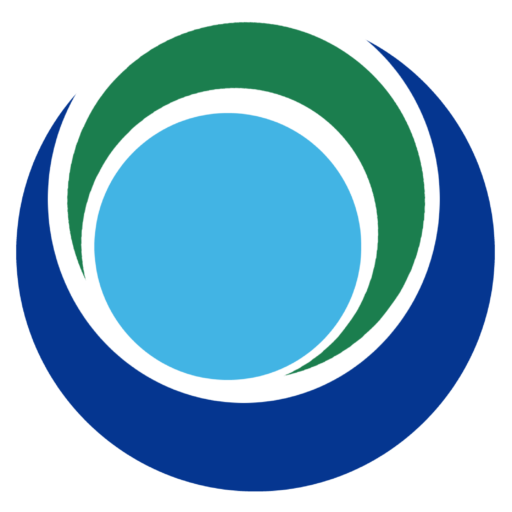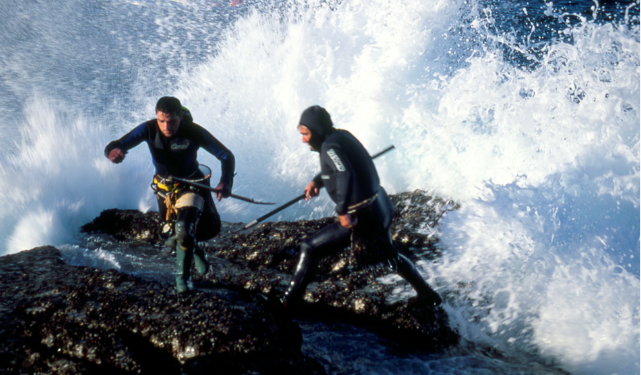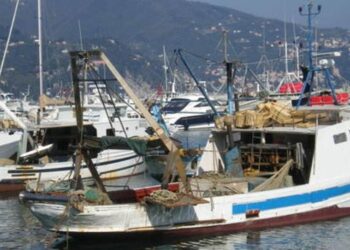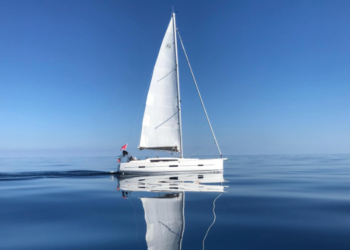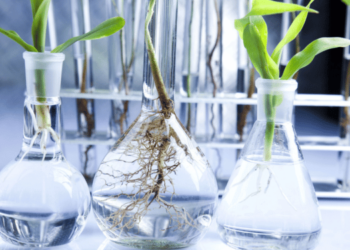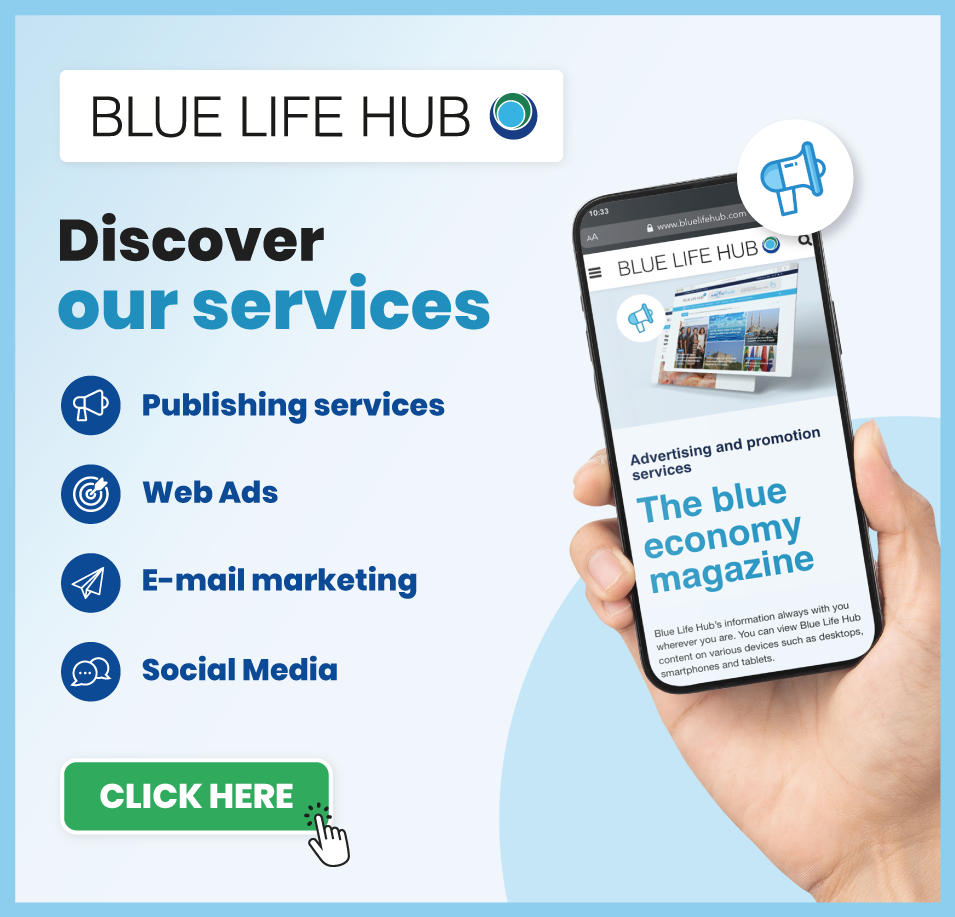Percebes: The ‘Gold’ of the Sea – A future opportunity for aquaculture? – In the coastal waters of Spain and Portugal, a small but highly prized mollusk thrives, attracting attention from chefs and food enthusiasts worldwide. Known as percebes or gooseneck barnacles, these unusual creatures grow along the rugged shorelines of the Atlantic and Mediterranean.
Despite their humble appearance, percebes have become one of the most expensive and sought-after seafood delicacies, fetching high prices in restaurants and markets. They have long, elongated stems resembling a goose’s neck, which is how they got their common name.
These barnacles are found clinging to rocks in the intertidal zone, exposed to the powerful waves of the Atlantic. Harvesting them is a dangerous and physically demanding task. Skilled fishermen, known as “percebeiros,” scale the treacherous cliffs, often braving powerful waves and perilous conditions to collect the barnacles by hand.
This intense labor, combined with the limited and specific environments in which percebes can be found, makes them extremely rare and expensive. Prices can reach up to several hundred euros per kilogram, depending on the season and quality. Their rarity and the labor involved in harvesting them have made percebes a symbol of luxury dining, often enjoyed by celebrities and renowned chefs. The high demand and limited supply only add to their appeal.
Those goose barnacles are picked by experienced percebeiros who understand the ocean’s dynamics well and have enough skills to access them. Since they are rare, the fishermen need to know the right place to get the good quality ones. It is often necessary to dive as they like to grow underneath water, especially in places hit by big waves. Harvesting percebes is a manual, dangerous, and time-consuming process therefore the price of goose barnacles is high.
Looking ahead in light of rising demand
The price of percebes can go up to 100 euros a kilo and it is that high because of the manual and dangerous harvesting process. Goose barnacles are an absolute must-eat for seafood lovers and those who like to experiment with new flavors and local cuisine.
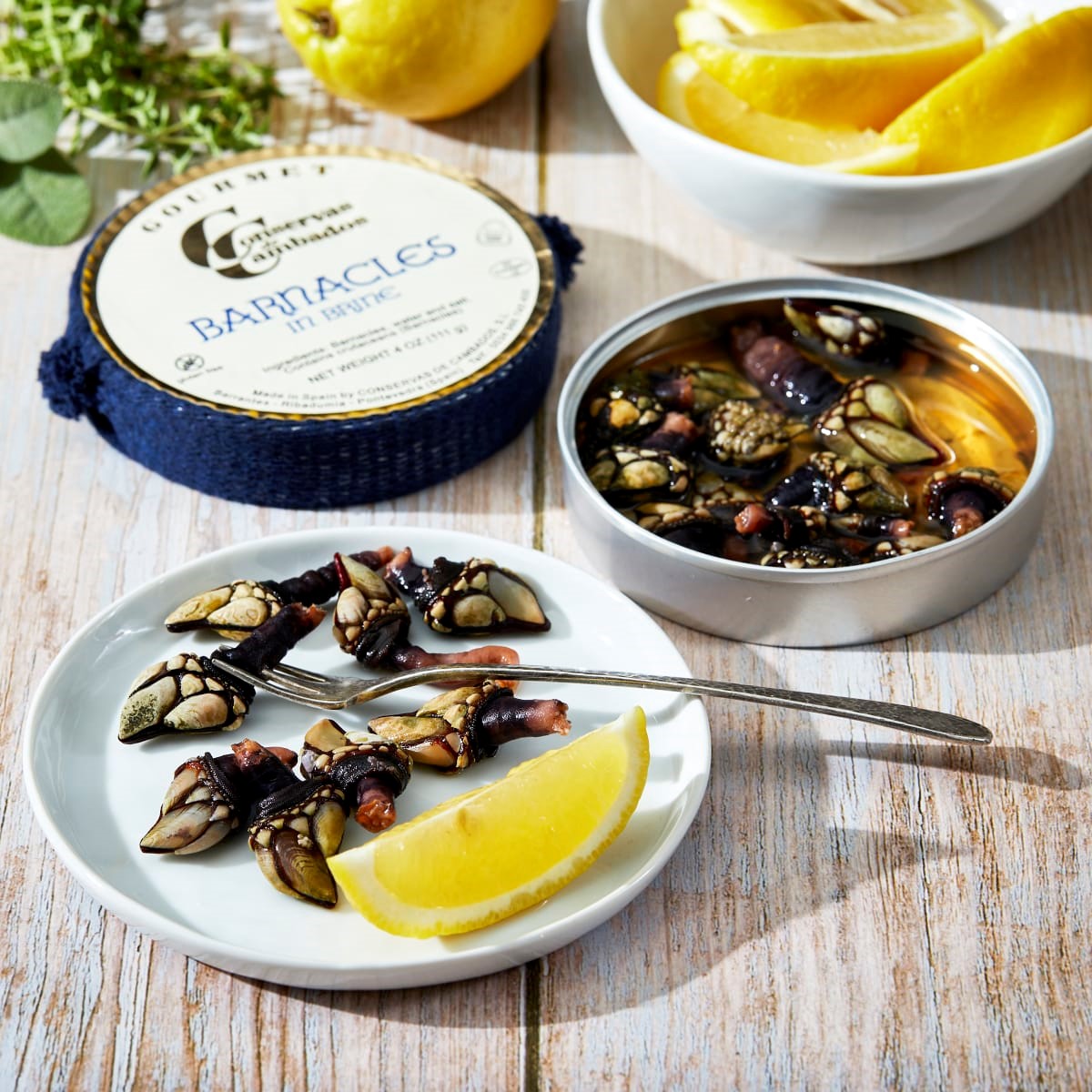
Percebes are an excellent choice for fans of seafood. They taste like the ocean and many people compare the experience with eating something between lobster and clam.
Eating cooked goose barnacles is quite easy. In order to access the flash you need to grab a barnacle in hand and squeeze it. Eat the inner tube that will appear.
The potential for barnacle aquaculture remains largely unexplored, with challenges and varying degrees of success across species. For goose barnacles (Pollicipes pollicipes), experimental trials in spat collection along the Galician coast have faced significant hurdles. Larval settlement appears highly specialized, occurring only on the peduncle of conspecifics, which limits the effectiveness of artificial substrates and restricts viable spat collection areas.
In contrast, the prospects for acorn barnacles, such as Austromegabalanus psittacus in southern Chile, are more encouraging. Here, aquaculture technologies have been developed, including the use of artificial collectors for natural seed and suspended systems for adult growth. Trials with PVC tubes and plates as substrates have shown high recruitment rates, particularly at depths of 4–6 meters during spring and summer.
Growth systems in barnacle farming focus on a “fattening” phase, where biomass increases significantly, with some operations achieving a 15-fold biomass gain over 18 months. This process demonstrates the viability of barnacle aquaculture under controlled conditions, offering potential for scaling up production to meet market demands.
Barnacle farming holds promise, but further research and technological advancements are needed to overcome current challenges and unlock its full potential in sustainable aquaculture.
Given the rising demand for percebes and the challenges associated with their traditional harvesting, there is growing interest in finding more sustainable ways to cultivate these barnacles. One promising solution is multitrophic integrated aquaculture (IMTA). IMTA is an innovative farming system where multiple species are cultivated together in a balanced ecosystem, mimicking nature’s symbiotic relationships. In this system, different organisms, including fish, shellfish, and algae, are grown together, benefiting from each other’s presence.
While Spain and Portugal have long been associated with percebes, other coastal regions, such as Morocco, could be ideal candidates for adopting aquaculture production. It would provide an high revenue stream, allowing farmers to tap into the lucrative market for percebes. Secondly, it would help promote sustainable practices by reducing the reliance on wild-caught percebes, ensuring that marine ecosystems are protected for future generations.
As the world’s appetite for percebes grows, it’s crucial to find ways to meet demand while maintaining ecological balance. Integrated aquaculture offers a promising pathway, allowing for the sustainable cultivation of percebes and other marine species. Morocco, with its rich maritime heritage and growing aquaculture sector, is well-positioned to adopt these innovative methods and create new economic opportunities for its coastal communities.
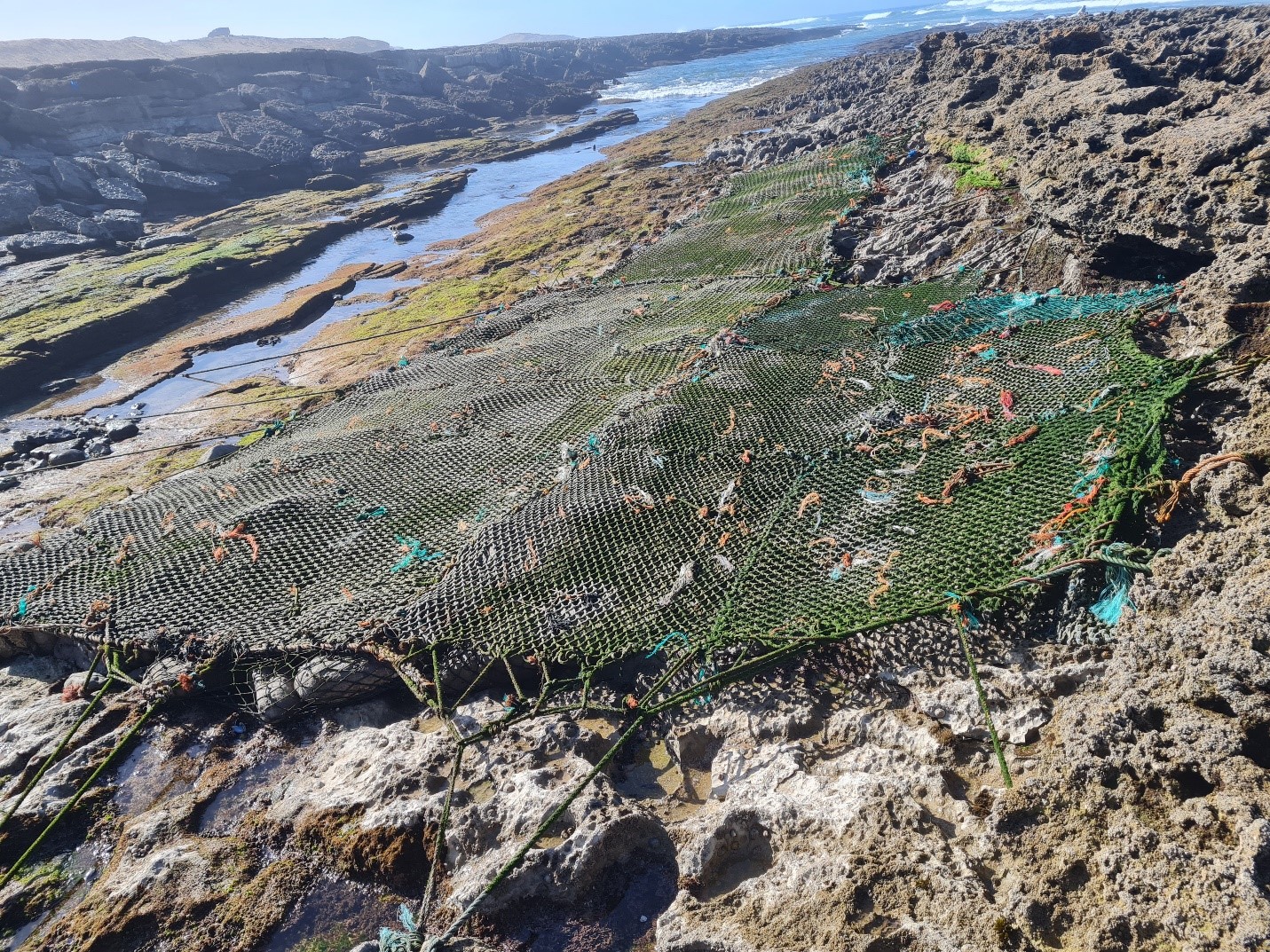
Percebes are more than just an expensive dish at a high-end restaurant. They represent an opportunity to rethink how we farm and protect marine life. With the right approach, we can continue to enjoy this unique delicacy for years to come, while supporting sustainable farming practices and protecting our oceans.
Percebes: The ‘Gold’ of the Sea – A future opportunity for aquaculture?
